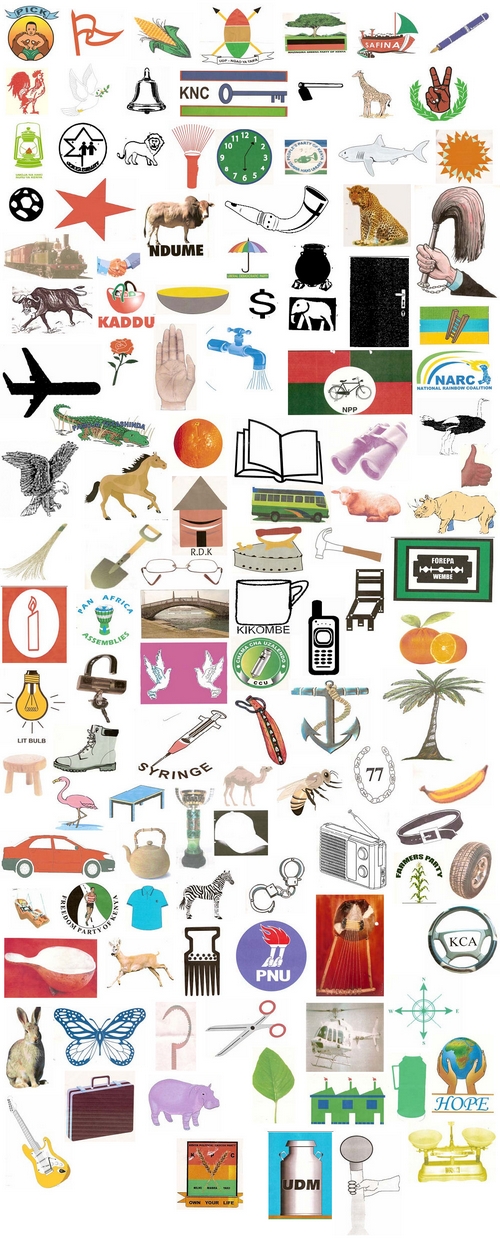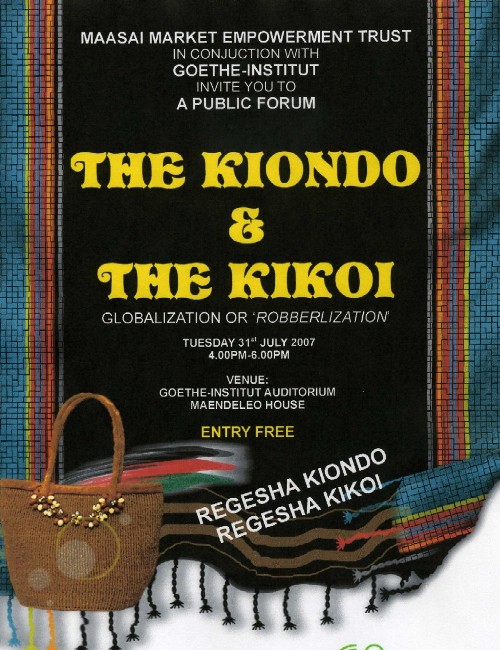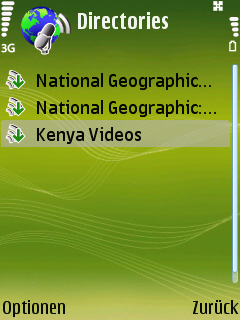A post over at Ory’s Realm inspired me to create the following mashup of logos as used by the registered (Kenyan) political parties for the upcoming elections. All logos were copied 1:1 from a publication available online (PDF, 1.6 MB) from the ECK website and the listing isn’t complete as not all parties published their logo in time.

different sizes available @ flickr
As with other smart online content, this mashup work (not the logos themselves) comes with a (CC) Attribution-Noncommercial 3.0 Unported licence, meaning you are free to share and remix it as long as you don’t use it for commercial purposes (as I am also not gaining anything by publishing this except maybe for visitors which results in Google AdSenSe increases, but that’s another story). THIS ALSO INCLUDES YOU, dear KenyaTimes ;-)
Seriously, it was great fun copying the logos into one big sheet and seeing how some are really well done while others are…well….judge for yourself.
Using logos instead of just names in a country where the illiteracy rate is still high enough makes sense. But then, also, the most important reason seems to be that there are so many parties with similar names and since most of us humans are visually orientated, I think it’s much easier this way.
p.s.: my favourite logo is the Kikombe one – such brilliant artistic skills! Oh, and btw: logo = symbol [sihm-booohlll]






